Game of Thrones the TV show is over, but the book series A Song of Ice and Fire remains unfinished, and there’s no reason not to speculate on what might happen in the books to come, as well as what elements from the show might happen in the books.
One of the endgame pieces established on the show was the election of Bran Stark as king of the political region formerly known as the Seven Kingdoms. Not everyone agrees that this will happen in the books, but a case will be made in this essay that Bran Stark becoming monarch would satisfactorily reflect on the failed journey of another character: the almost-king Stannis Baratheon.
On the surface, there might not seem to be many similarities between Bran the Broken and Stannis “he’ll break before he bends” Baratheon. But there are similarities, some so specific that it’s hard to imagine that they’re entirely coincidental.
FAMILY MATTERS
Before setting off on comparing Bran to Stannis, it’s worth comparing their older and younger brothers as a unit. Both Bran and Stannis are the middle of male siblings, and therefore have the almost universal situation of having an older brother to live up to and a bratty younger brother to deal with. That’s certainly not enough to establish a strong literary connection between these two groups, but all of the brothers have associations with their respective counterparts.
Bran’s eldest brother Robb was named after Robert Baratheon, Ned Stark’s best friend from Storm’s End. Both Robb and Robert rebelled against injustice from King’s Landing, and both became kings. Robert ended the Targaryen dynasty’s rule, and Robb reversed the Targaryen-imposed rule of the North being a vassal state to southern kings.
Each established a legendary reputation for military success during their rebellion, with Robb never losing a battle and Robert – although not undefeated like Robb – leading his army to a record-breaking three victories in one day.
Bran and Stannis do not just have seemingly blessed older brothers to measure up to; they were in the shadow of popular kingly brothers.
The low stone steps balked Dancer only for a moment. When Bran urged her on, she took them easily. Beyond the wide oak-and-iron doors, eight long rows of trestle tables filled Winterfell’s Great Hall, four on each side of the center aisle. Men crowded shoulder to shoulder on the benches. “Stark!” they called as Bran trotted past, rising to their feet. “Winterfell! Winterfell!”
He was old enough to know that it was not truly him they shouted for—it was the harvest they cheered, it was Robb and his victories, it was his lord father and his grandfather and all the Starks going back eight thousand years. Still, it made him swell with pride. For so long as it took him to ride the length of that hall he forgot that he was broken. Yet when he reached the dais, with every eye upon him, Osha and Hodor undid his straps and buckles, lifted him off Dancer’s back, and carried him to the high seat of his fathers.
— A Clash of Kings, Bran III
“Robert could piss in a cup and men would call it wine, but I offer them pure cold water and they squint in suspicion and mutter to each other about how queer it tastes.” Stannis ground his teeth.
— A Clash of Kings, Davos II
The connection between young Rickon and young-ish Renly might not be as obvious as the similarity between Robb and Robert, and it’s not enough to suggest that any resentment that the middle brothers might have in dealing with their respective younger brothers really reinforces a Bran-Stannis connection. But Rickon (in the books) seems to be following in the steps of Renly in regards to their roles in the political narrative.
Renly was the first Baratheon to declare himself king in defiance of the Lannisters, with much pomp and celebration. And, if we accept Lady Catelyn’s observation: childishness.
This is madness, Catelyn thought. Real enemies on every side and half the realm in flames, and Renly sits here playing at war like a boy with his first wooden sword.
— A Clash of Kings, Catelyn II
He was the first to die in The War of the Five Kings, his rising star dramatically fizzling out.
Renly’s quest to become king was largely enabled by the ambitions of the powerful and rich House Tyrell, who sought to gain political power by using Renly and his weaker claim as an excuse to displace their largest rivals, the Lannisters.
Rickon is just a child, and is not likely to be a mastermind seeking glory, but he exists in the story more than just to irritate Bran by hanging out with Big and Little Walder. Even though he exits the narrative at the end of A Clash of Kings with his wildling guardian Osha taking him to refuge, the boy remains a political piece in play in the North.
Lord Wyman, the leader of powerful and wealthy House Manderly, has publicly sided with the new Bolton regime, but in A Dance with Dragons he dispatches Ser Davos Seaworth to follow the available clues to Rickon Stark’s whereabouts with the hopes of delivering the Stark child to Manderly protection in White Harbour. With Rickon, the last known surviving heir to Winterfell, Lord Wyman asserts that he can rally the North against the unpopular Boltons.
Supporters of the Great Northern Conspiracy theory suggest that although Manderly has not made this explicitly clear, Lord Wyman’s true goal would be to support Rickon over Stannis’ claim to rule the North. The similarities from a plot perspective between Rickon and Renly can be clearly summarized:
- Rickon being used to deny Stannis’ claim to the North would be a replay of Renly being used to deny Stannis’ claim to the throne.
- Rickon’s weaker claim, like Renly’s, will be supported despite him having a living older brother. To be fair to Lord Wyman, few know that Bran is even alive.
Rickon: Wait! I know Bran is alive!
Lord Wyman: That’s adorable. Let’s keep that a secret for now.
But, Rickon’s impact on the overall narrative does not seem promising. For years, readers have examined the associations of the names of each Stark child’s direwolf as reflective of the child. Rickon’s direwolf is named Shaggydog, and a shaggy dog story is a story that’s rambling and complicated and ends without justifying its telling. So Rickon’s story will likely fizzle out like Renly’s ambitions.
If we can accept that Robb and Rickon are or will be reflections of their respective Baratheon, we should now consider the similarities between Bran and Stannis and how that might affect Bran’s story in The Winds of Winter and A Dream of Spring.
SURLY LORDS
Stannis Baratheon is known for being the unpopular Baratheon brother (although he does have his fans with some readers.) One doesn’t have to ask anyone other than Stannis for this confirmation:
“You have given me an honored place at your table. And in return I give you truth. Your people will not love you if you take from them the gods they have always worshiped, and give them one whose very name sounds queer on their tongues.”
Stannis stood abruptly. “R’hllor. Why is that so hard? They will not love me, you say? When have they ever loved me? How can I lose something I have never owned?”
— A Clash of Kings, Davos I
His unpopularity made it easier for Renly to gather support, since Renly could make the case that Stannis was an unsuitable candidate for king, based entirely on his brother’s personality.
“I have twice that number here,” Renly said, “and this is only part of my strength. Mace Tyrell remains at Highgarden with another ten thousand, I have a strong garrison holding Storm’s End, and soon enough the Dornishmen will join me with all their power. And never forget my brother Stannis, who holds Dragonstone and commands the lords of the narrow sea.”
“It would seem that you are the one who has forgotten Stannis,” Catelyn said, more sharply than she’d intended.
“His claim, you mean?” Renly laughed. “Let us be blunt, my lady. Stannis would make an appalling king. Nor is he like to become one. Men respect Stannis, even fear him, but precious few have ever loved him.”
— A Clash of Kings, Catelyn II
If there are differences between little Bran and grim Stannis, one of them is certainly in being loved. Bran is loved, no argument can be made otherwise. Bran’s adorable. Even when he’s crabby.
But Bran’s crippling accident took away more than the use of his legs, it took away his dreams. (Some of them, at least.)
Bran had never asked to be a prince. It was knighthood he had always dreamed of; bright armor and streaming banners, lance and sword, a warhorse between his legs. Why must he waste his days listening to old men speak of things he only half understood? Because you’re broken, a voice inside reminded him. A lord on his cushioned chair might be crippled—the Walders said their grandfather was so feeble he had to be carried everywhere in a litter—but not a knight on his destrier.
— A Clash of Kings, Bran II
Stannis was handicapped politically by his personality, while Bran felt that he was looked down upon for his injuries, particularly among the ableist Northmen.
Leobald seemed surprised that he had spoken. “I’m grateful, my prince,” he said, but Bran saw pity in his pale blue eyes, mingled perhaps with a little gladness that the cripple was, after all, not his son. For a moment he hated the man.
— A Clash of Kings, Bran II
But things changed for both Stannis and Bran, when to their respective courts came colorful characters.
MAGICAL KINGS
Even her eyes were red . . . but her skin was smooth and white, unblemished, pale as cream. Slender she was, graceful, taller than most knights, with full breasts and narrow waist and a heart-shaped face. Men’s eyes that once found her did not quickly look away, not even a maester’s eyes. Many called her beautiful. She was not beautiful. She was red, and terrible, and red.
— A Clash of Kings, Prologue
Melisandre of Asshai, the Red Woman, brought the gospel to Stannis that he wasn’t simply an overlooked noble, but Azor Ahai, the prophesied reincarnation of a legendary hero.
During his tenure as the prince of Winterfell, Bran received a similarly-described individual with a specific color palette, who would support the magical initiation that had started with Bran’s crow-haunted dreams.
Her brother was several years younger and bore no weapons. All his garb was green, even to the leather of his boots, and when he came closer Bran saw that his eyes were the color of moss, though his teeth looked as white as anyone else’s. Both Reeds were slight of build, slender as swords and scarcely taller than Bran himself. They went to one knee before the dais.
— A Clash of Kings, Bran III
The fact that Melisandre and Jojen Reed are described primarily by a color feels very intentional on Martin’s part, as well as highlighting their magical connotations, as if Gandalf the Grey, Radagast the Brown, and Saruman the White were also on the scene. Melisandre is clearly the embodiment of fire, the symbol of her magical god R’hllor, and Jojen is connected to the Old Gods and their gifts of greensight and green dreams.
To summarize, both Renly and Stannis are middle sons, with heroic kingly older brothers and younger brothers vulnerable to being political pawns. Both are presented with the idea that they have a magical destiny by agents of two major religions who strongly and visually identify with those religions.
If we are not supposed to see similarities between Stannis and Bran Stark, then this is one very large coincidence.
Assuming that this is not coincidental… there is one large difference between Stannis and Bran as magical figures. One of them is actually a magical figure (Bran) and one of them (Stannis) is not.
It’s not entirely clear why Melisandre is so convinced that Stannis Baratheon is her foretold savior, Azor Ahai. She came to Dragonstone because Stannis’ wife Selyse was a true believer in R’hllor. When King Robert died and Stannis had suspicions that Joffrey was not Robert’s true son, it might have seemed fortuitous that Lord Stannis was destined to be king, and if he would bring the faith of the Lord of Light to Westeros, then perhaps he was the faith’s hero Azor Ahai reborn.
Melisandre probably has some chicken-egg circular logic to support Stannis’ clear role as king and Azor Ahai.
Melisandre: Stannis is the rightful king because he is our lord, Azor Ahai reborn. I know that Stannis is Azor Ahai because he is the rightful king. Obviously.
Melisandre is also not above blindly accepting events to support her zealotry. A little bit of confirmation bias and Stannis is truly the hero (not a ham) born of smoke and salt. She even went so far as to stage a farcical recreation of Azor Ahai forging the famed magical blade Lightbringer as if that would make Stannis the legit savior figure. But this sword was more forgery than mystically forged, and that can’t really be considered solid bona fides for Stannis’ supernatural status.
Whereas Bran seems more like the real deal. Maybe not Azor Ahai reborn, but Bran is magical. He’s a warg and a greenseer, which is extremely rare. He not only has the blood of the First Men, but the blood of thousands of years of Starks, who have been associated with Winterfell, the heart of the North. Is Winterfell a magical place? With its hot springs and heart tree and convenient location to shelter so many during the winters, it feels like a place of beneficial blessed nature, just like Harrenhal feels supernaturally cursed.
The show has indicated that Bran has a destiny to be the king of the many kingdoms, but is there evidence that he’s Azor Ahai? Wouldn’t Melisandre know? Wouldn’t her flames tell her so?
In A Dance with Dragons, Melisandre has a single point-of-view chapter where she’s desperate for information on her hero Stannis, who has gone marching off into peril.
The red priestess closed her eyes and said a prayer, then opened them once more to face the hearthfire. One more time. She had to be certain. Many a priest and priestess before her had been brought down by false visions, by seeing what they wished to see instead of what the Lord of Light had sent. Stannis was marching south into peril, the king who carried the fate of the world upon his shoulders, Azor Ahai reborn. Surely R’hllor would vouchsafe her a glimpse of what awaited him. Show me Stannis, Lord, she prayed. Show me your king, your instrument.
— A Dance With Dragons, Melisandre I
She’s presented with apocalyptic visions of shadows and skulls and crumbling towers. When she breaks from that channel to try to tune in on a vision she had seen once – of a grey girl on a dying horse – she gets a glimpse of someone unexpected.
A face took shape within the hearth. Stannis? she thought, for just a moment … but no, these were not his features. A wooden face, corpse white. Was this the enemy? A thousand red eyes floated in the rising flames. He sees me. Beside him, a boy with a wolf’s face threw back his head and howled.
— A Dance With Dragons, Melisandre I
Melisandre’s prescient scrying in the flames is tricky at best, and there could be other explanations of why she’d see Bloodraven and Bran when looking in the flames, as if they’re using the same prophetic astral plane as a shared party line. But one takeaway is that Melisandre went looking for Stannis, and ended up seeing Bran.
She also sees Jon Snow, who is an excellent Azor Ahai candidate and has a strong claim to the Iron Throne. In Melisandre’s world view, Azor Ahai is closely associated with kingship; it’s not correct to conflate the two, but there does seem to be some correlation.
The books will probably be different in major ways from the show, but if we take some of the endgame elements as given: Bran being king, Jon in exile, Stannis dead, then the ‘Stannis —> Bran’ focus (with Jon in the middle) satisfies one of George RR Martin’s favorite storytelling element: the threefold reveal.
Simply stated, the threefold reveal will present a succession of answers to a certain question, with two incorrect ones and the final correct reveal. For example:
Who is Jon Snow’s Mother?
- Answer 1) No one of importance. Like, some chick named Wylla, or a fisherman’s wife from the Sister Islands. (This is the wrong answer.)
- Answer 2) Ashara Dayne. (This is also a wrong answer, but it’s a cool answer. There’s some drama here.)
- Answer 3) The real answer. R + L = J
If Stannis is Melisandre’s initial candidate for Azor Ahai/King – he’s the first part of the threefold reveal, and false.
With the knowledge that Jon Snow is a Targaryen with the best claim to the Throne, he’s the second part of the threefold reveal. A reasonable answer, kind of spicy. But if Jon is going into exile at the end of the series, he doesn’t become king, so that’s not quite right either.
Bran is then the third part of the threefold reveal.
Stannis establishes the end goal – kingship (with the eventual defeat of the Others wrapped in as a complementary goal) but cannot achieve that goal in the story. Instead, he acts as a foil to a character with similar (but not identical) characteristics who does achieve the goal. In this case, magical middle-brother Bran Stark.
SEEING THE FUTURE IN THE FLAMES/DREAMS
If Bran is a kind of improved version of Stannis, then his untold story in the books might adopt more elements from Stannis’ narrative journey. Unfortunately it’s hard to know what how Stannis’ story is going to unfold definitively in the books. The show has Stannis dying in an attempt to capture the virtual heart (and loyalty) of the North. If it is a given that Bran will become the high king, then dying won’t be in his cards.
The other notable element that’s currently absent in the books is Stannis’ sacrifice of Shireen, consigned to the flames in exchange for a magical advantage. The logistics won’t be the same in the books, but it is probable that Shireen will indeed burn with a desperate Stannis intentionally agreeing to sacrifice her.
If Bran is an analogue of Stannis, will there be a similar sacrifice in his story? Was Hodor the sacrifice?
Will Rickon’s role be as a sacrifice required by Bran for some magical advantage against the Others? Rickon has the same ancient (and probably magical) blood of the First Men that Bran has, and blood magic is a thing in this world. The requirement for Bran to sacrifice his little brother would also reinforce the Rickon-Renly connection.
The Others will need to be driven back and since there is no singular point-of-failure command-and-control feature among the Others in the books as there was for the White Walkers on the show, something less simple than Arya stabbing the Night King will probably take place. And what that will be might require Bran and the choices that he makes.
And that might also go a long way in making him king.
Perhaps this is why the resolution of the Long Night failed to deliver to some of the show’s watchers. It was an epic event, but not necessarily mythic in the way that Bran’s active and supernatural involvement might have made it.
Comparing characters in a written work is a compelling activity, because character similarities and differences are often intended by the writer to be noticed, even if the reader’s perception of these attributes operates unconsciously. Shakespeare included the Norwegian prince Fortinbras in Hamlet not because Fortinbras had a major impact in the story, but because his decisive action to assert his rights contrasted with Hamlet’s natural inaction and indecisiveness.
When a set of characters share characteristics or circumstances with another set, the comparison is even stronger. Sir Thomas Mallory had a handful of lesser kings in Le Morte D’Arthur with whom Arthur could be favorably compared, but his decision to include the love triangle of Sir Tristan, Queen Isolde, and the unsavory King Mark of Cornwall was specifically intended to be the yardstick against which Lancelot, Queen Guinevere, and King Arthur were to be measured against.
This essay might have cherry-picked characteristics between Stannis Baratheon and Bran Stark to establish a possible correlation, and the fact that their brothers have shared characteristics with their respective counterparts can only reinforce that.
But, it doesn’t make it true, necessarily.
Bran might become king in the books, which would validate the show and demonstrate that Bran’s journey is the culmination of what Stannis was trying to accomplish. And present Bran as a sort of successor to Stannis as a character.
If he does not become king, then this essay is largely the same as Melisandre looking into her flames and imagining Stannis becoming king. Which would then make Bran exactly like Stannis.
Bran: Except, actually magical.
The proof will be when The Winds of Winter and A Dream of Spring come out, to continue and conclude the adventures of Rickon Stark, Bran Stark, and Stannis Baratheon. But until that happens we’ll have to take what clues we can from Martin’s text, informed by what’s happened on the show, and make our best guesses.
Being right is good, but being wrong isn’t that bad either. But it’s probably not ideal to stop thinking about the story to come.
Stannis: I’d rather be right.
Bran: How unfortunate for you.
The post Stannis Baratheon: the Prototype for King Bran Stark appeared first on Watchers on the Wall.
Via http://watchersonthewall.com
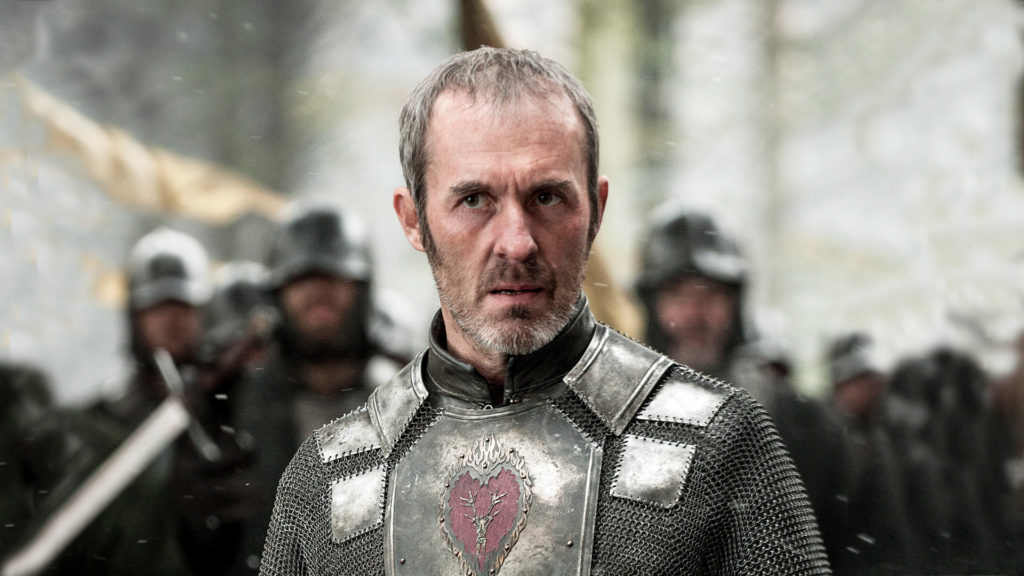
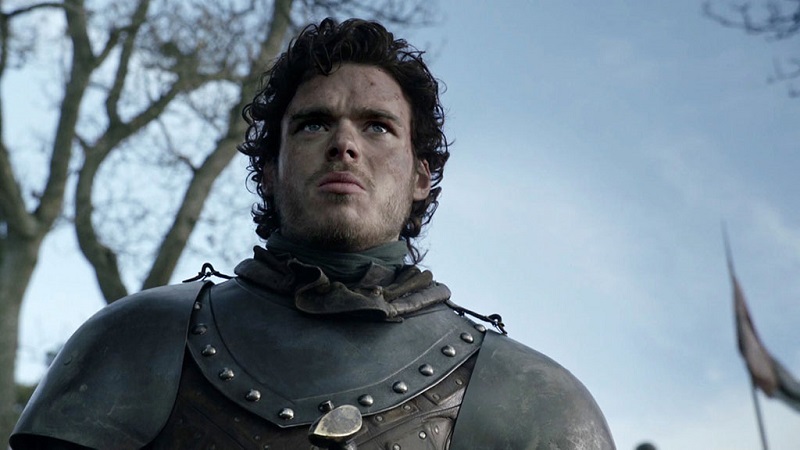
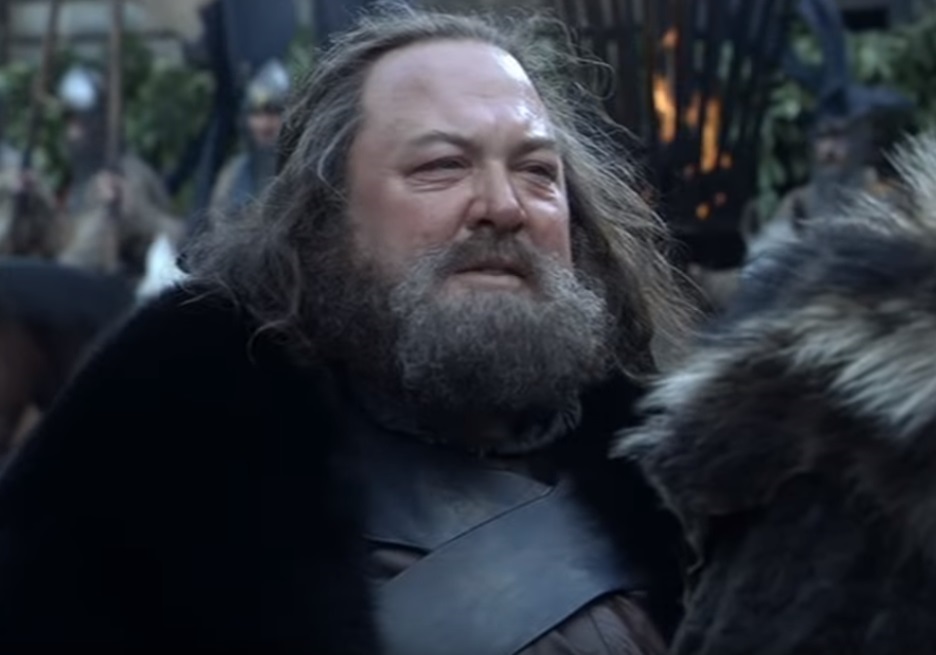
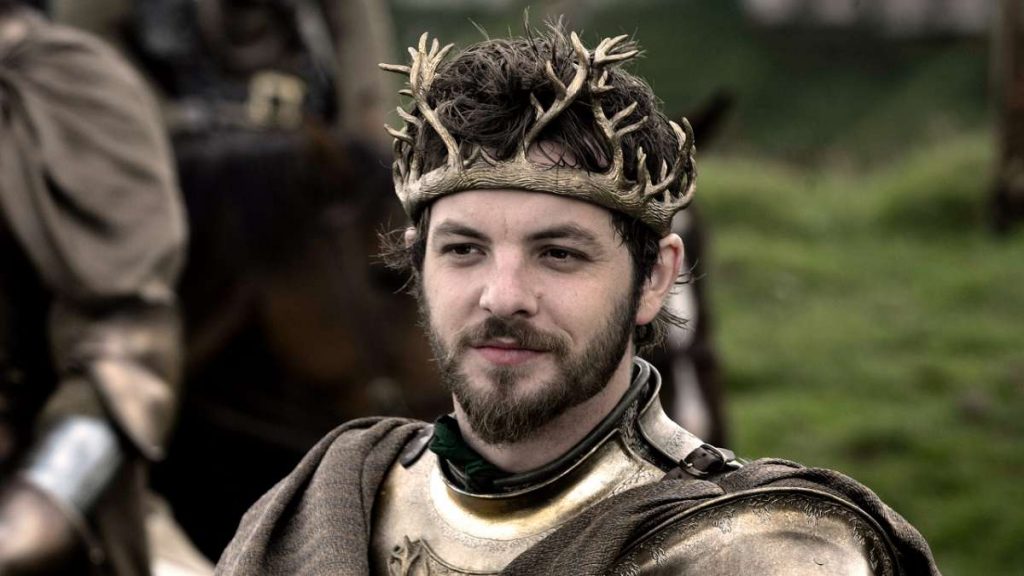
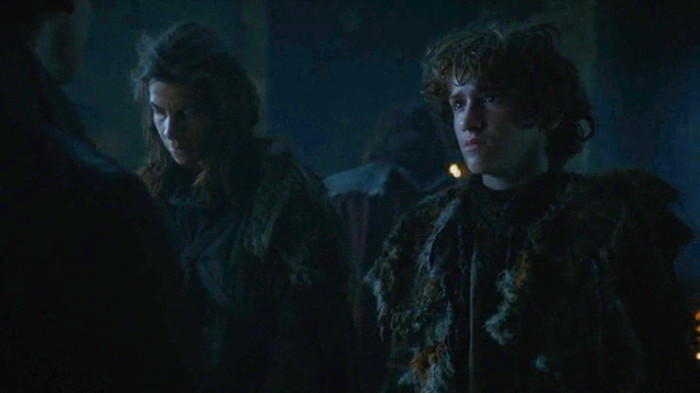
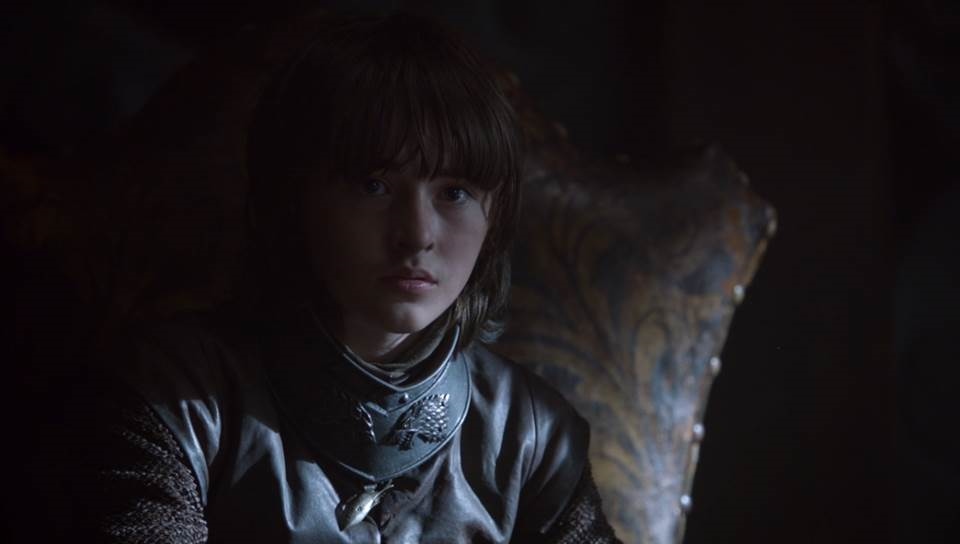
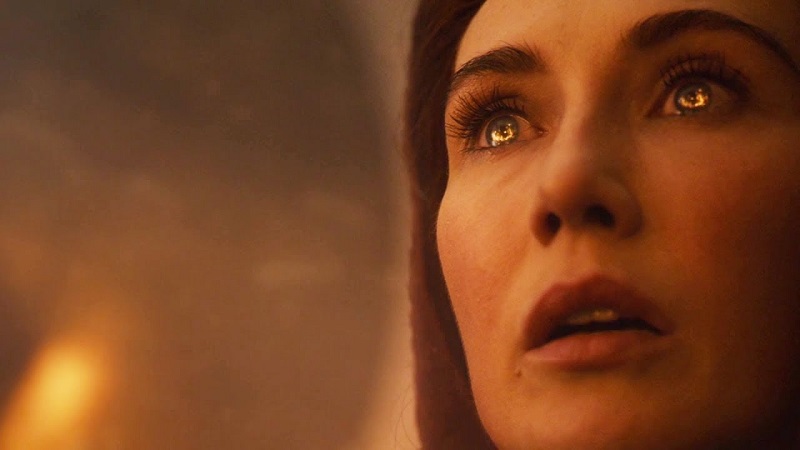

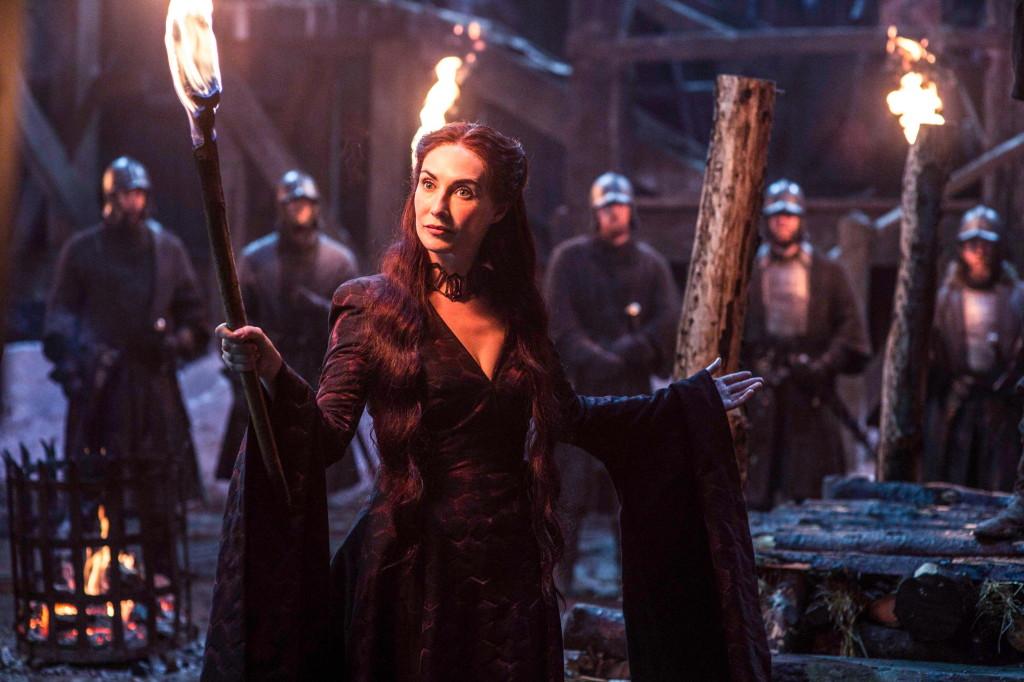
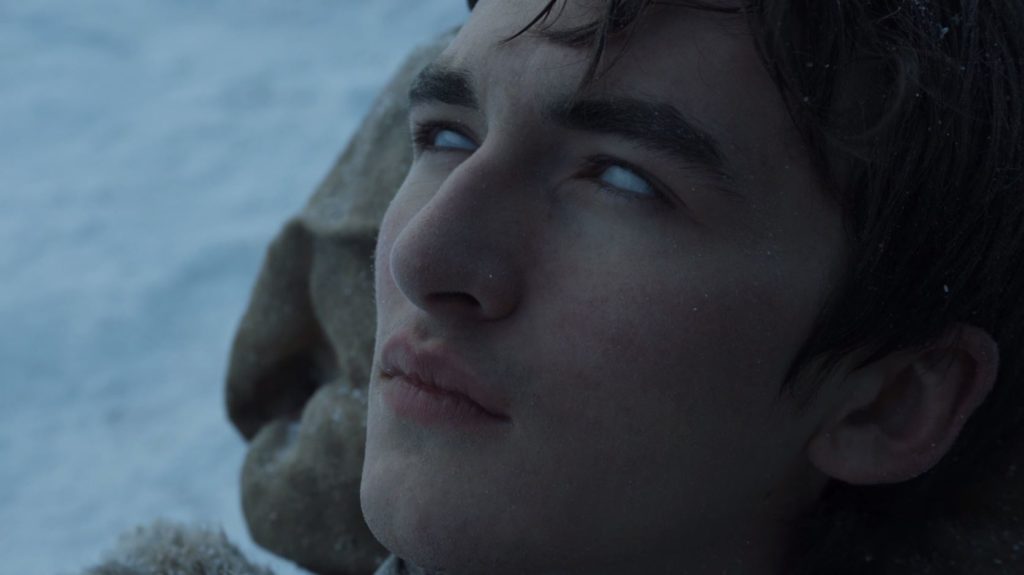
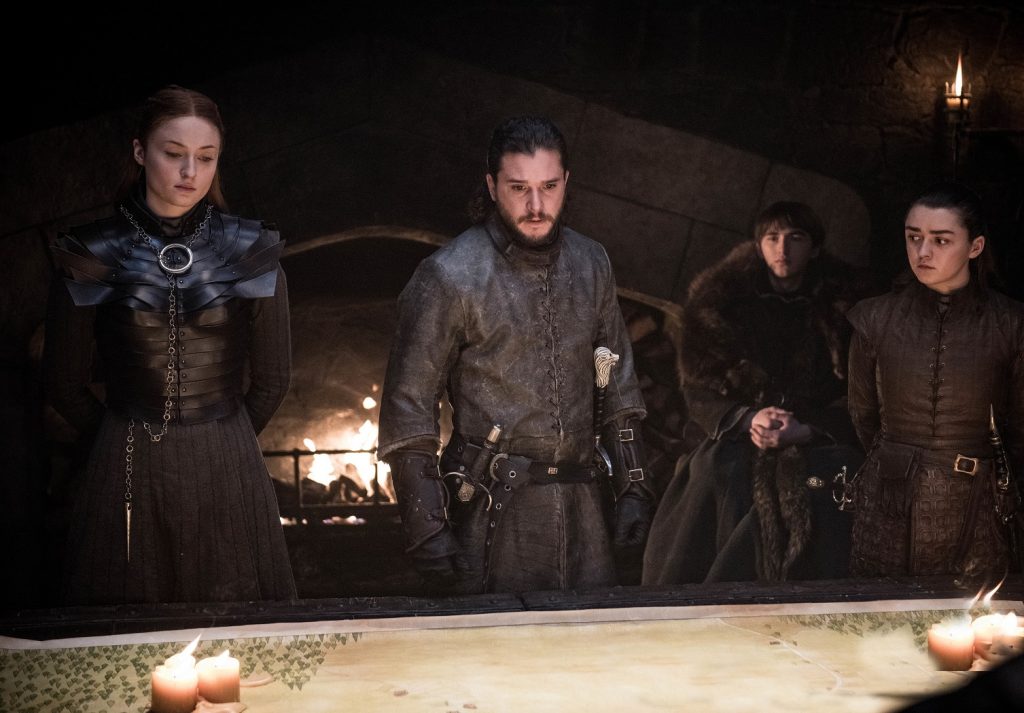
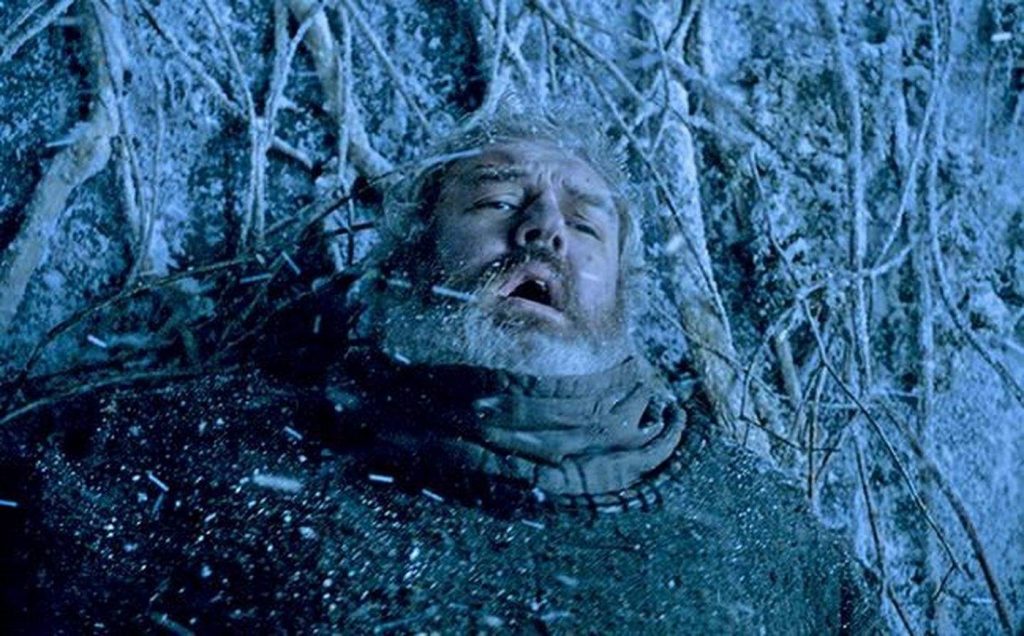
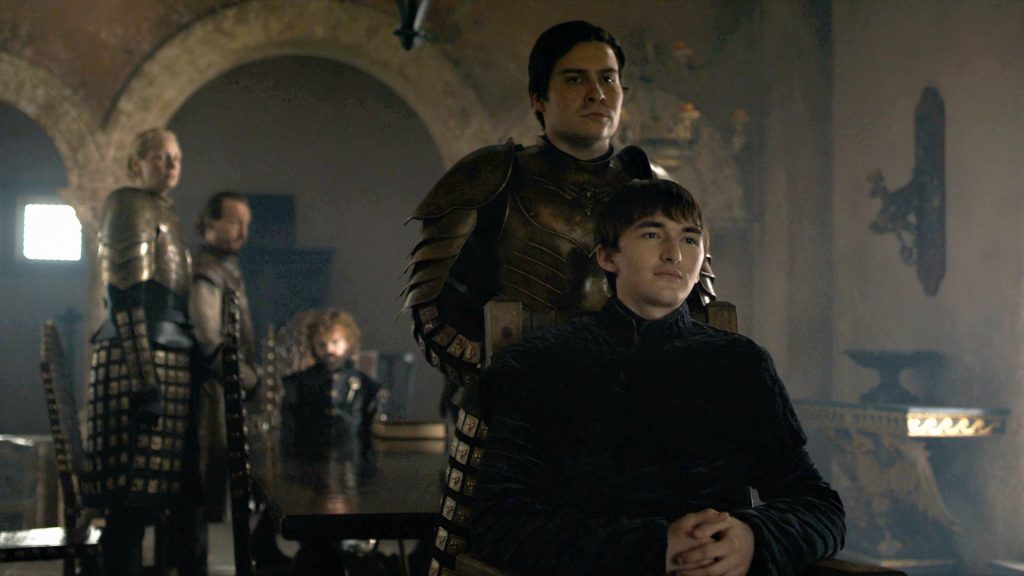
No comments:
Post a Comment